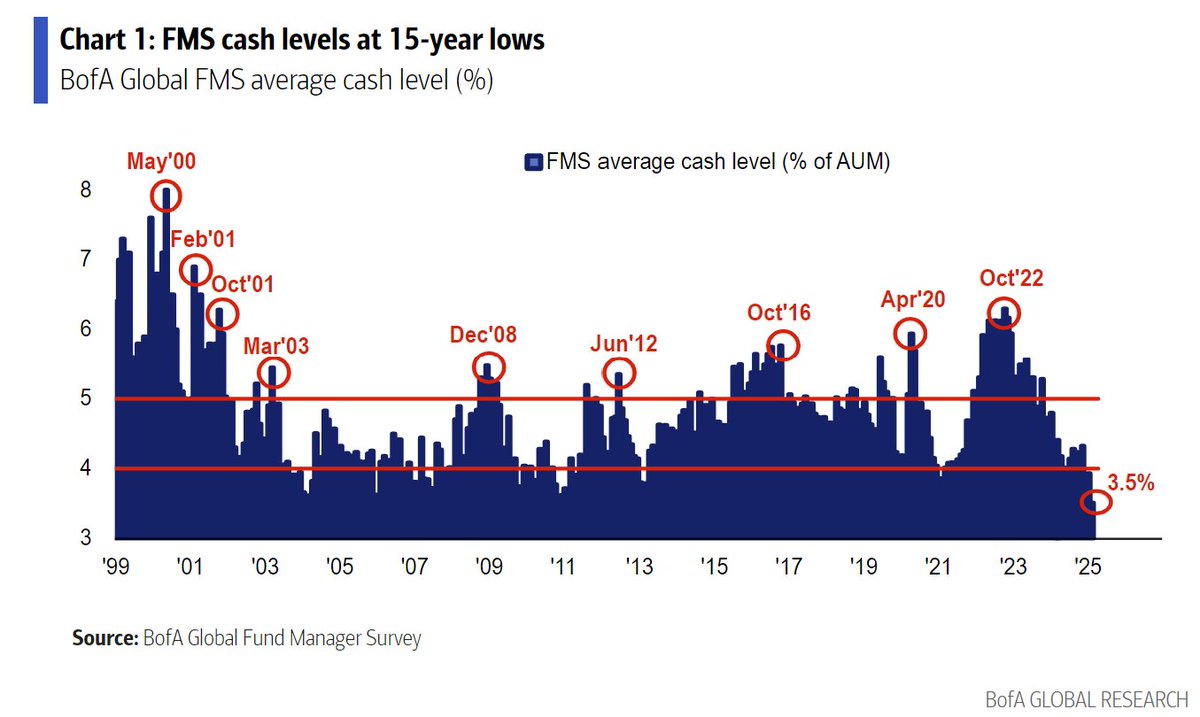It has become quite clear that the growth stock bubble witnessed over the last 12-18 months, with an orgy of speculation has now popped and results are and might continue to be extremely painful.
$PLTR $FSLY $TDOC $PINS



$PLTR $FSLY $TDOC $PINS




So, what's the summary?
• justification of low-interest rates did not save the speculators in growth stocks
• buying any asset at ridiculously high valuations rarely works (if ever)
• following social media gurus into the same stock is bound to have unintended consequences
• justification of low-interest rates did not save the speculators in growth stocks
• buying any asset at ridiculously high valuations rarely works (if ever)
• following social media gurus into the same stock is bound to have unintended consequences
• since we are all wrong, the only way to protect your capital is to ensure ample margin of safety
• when you're buying growth at any price, you're likely to see your portfolio drop meaningfully in price
• tops occur when the popularity in stocks & sectors reach a frenzy
• when you're buying growth at any price, you're likely to see your portfolio drop meaningfully in price
• tops occur when the popularity in stocks & sectors reach a frenzy
If you thought there is a new paradigm shift, a new economy, and that you have discovered it — and will profit from it — before others was clearly an illusion of invulnerability & overconfidence (optimism bias on steroids).
There is nothing new under the sun, just another cycle.
There is nothing new under the sun, just another cycle.
• • •
Missing some Tweet in this thread? You can try to
force a refresh



















































